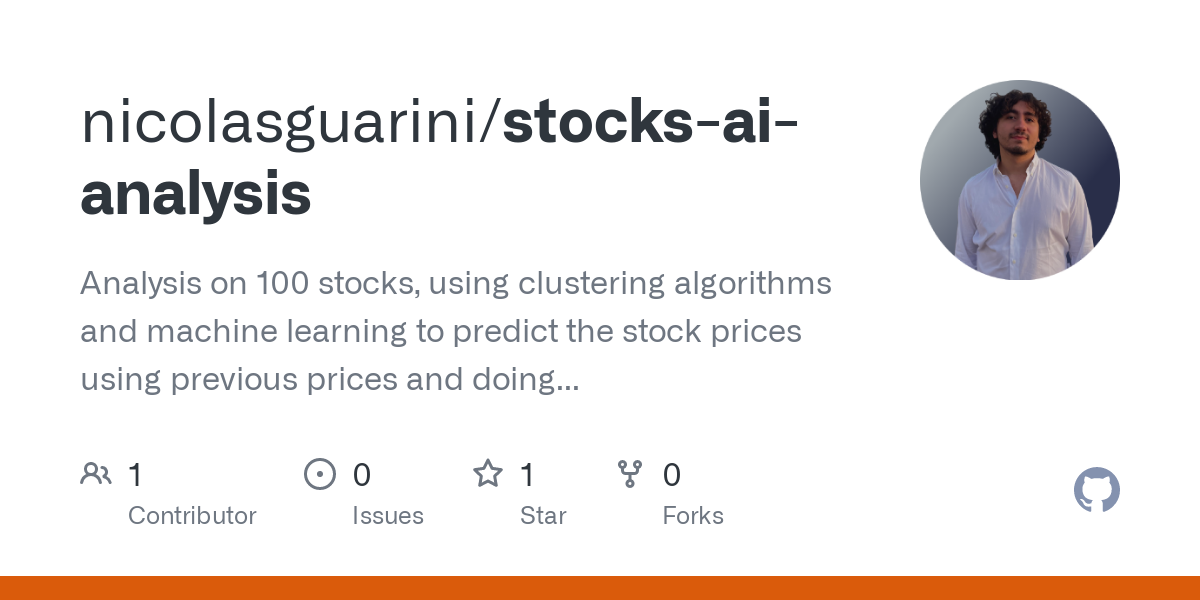20 Best Tips For Deciding On AI Stock {Investing|Trading|Prediction|Analysis) Sites
Top 10 Tips To Evaluate The Integration Of Ai Stock Prediction And Trading PlatformsIntegration and compatibility are critical factors when evaluating AI stock predicting/analyzing trading platforms. Integrating your platform into the existing tools, systems and workflows is excellent way to improve efficiency. Here are the top 10 guidelines to evaluate the integration and compatibility of these platforms:
1. Check Brokerage Integration
Supported Brokers: Ensure that your platform is compatible with your broker account or trading platform.
Trade execution: Verify that the platform offers direct execution of trades using the broker that is integrated.
Account synchronization - Check to see if your platform can sync accounts' balances, transactions and positions in real time.
2. Review API for Availability
API access is essential: Developers can use an API, also known as Application Programming Interface (API) to create their own software and automate processes.
API documentation: Review to see if there are clear examples of how the API can be used.
Rate limits: Find out if there are reasonable rates for the API and if it can handle your anticipated usage volume.
3. Evaluation of Third-Party Tools Integration
Popular Tools: Ensure that that the platform is compatible with other software, like Google Sheets and Excel.
Data export and import: Ensure that the platform enables easy export/import data from and into other tools.
Extensions and plugins Check the platform's support of extensions and plugins to provide additional functionality.
4. Test Compatibility using Operating Systems
Desktop compatibility: Ensure the application works with your preferred operating system (Windows, macOS, Linux).
Mobile compatibility - Search to see if a platform has a mobile application that is compatible with iOS as well as Android.
Web-based accessibility: To increase flexibility, verify that the platform's interface is accessible via a web browser.
5. Evaluating Data Integrity Capabilities
Data sources. Make sure the platform supports numerous data integrations (e.g. data sources for social media, market sentiment and news feeds).
Real-time feeds for data: Check if the platform allows for real-time integration of data in order to give the most current analysis.
Check the platform's ability to import data from the past.
6. Check cloud and on-premise compatibility
Cloud-based platform: Accessible any time, anywhere, as long as you have an internet connection.
On-premises deployment: Check if the platform you're using allows deployment on premises.
Find hybrid solutions. This is a model that blends cloud and on-premises capabilities.
7. Make sure to check for Cross Platform Syncronization
Device synchronization. The platform must connect settings and data to all devices, including desktop, mobile and tablet.
Real-time updates: See if the changes you make on one device instantly appear on other devices.
Offline Access: Check to see if there are any limitations on the platform's functionality or access to data when it is offline.
8. Evaluate Compatibility with Trading Strategies
Algorithmic trading - Ensure that the trading platform you select allows automated or algorithmic trading strategies.
Custom indicators: Determine if your platform supports scripts or indicators that are specific to your needs.
Strategy backtesting: Check if the platform supports backtesting of trading strategies using historical data.
9. Examine Security and Compliance
Data encryption: Make sure that the platform uses encryption for data that is in rest and in transit.
Authentication Check to see if your platform supports an authenticated method that is secure (e.g. 2-factor authentication).
Regulative compliance: Make sure that the platform is compliant with applicable regulations.
10. Test Scalability and Performance
Scalability: Ensure your platform can handle an increasing amount of data as well as users to ensure that it is able to grow with your business.
Performance during load: Verify whether the platform performs as expected under high-volatility conditions.
Resource usage: Find out whether your system is using the resources of its system (CPU/memory and bandwidth) efficiently.
Bonus Tips:
User feedback: Look for reviews and comments from users when evaluating the platform.
Trial period: Try the trial period for free or demo to experience the platform's integration with your current workflows and tools.
Customer Support: The platform should offer robust support in the event of integration issues.
If you follow these guidelines you will be able to assess the integration and compatibility of AI stock-predicting and analyzing platforms and ensure that they integrate seamlessly with your existing systems, and improve your trading efficiency. See the top rated I loved this about best stock advisor for website recommendations including ai trading app, chart ai trading, best stock analysis website, ai stocks, trader ai intal, trading ai bot, incite ai, ai stock picks, best ai stock, ai stock trading bot free and more.

Top 10 Tips For Evaluating The Transparency Of Ai Stock Predicting/Analyzing Trading Platforms
Transparency is an important aspect to look at when evaluating AI stock prediction and trading platforms. Transparency allows users to be confident in the operation of the platform, comprehend decisions, and verify accuracy of predictions. Here are the top 10 ways to gauge the level of transparency in these platforms.
1. AI Models explained in simple terms
Tips: Ensure that the platform provides information on AI models and algorithms used to make predictions.
Why: Understanding the underlying technology can help users evaluate its validity and weaknesses.
2. Disclosure of data sources
TIP: Determine if the platform is transparent about the sources of its data (e.g. historical stock information, news, social media, etc.).
The reason: Knowing the sources of data helps ensure the platform uses accurate and comprehensive data.
3. Backtesting and Performance Metrics
Tips Look for reports that are transparent of performance measures.
It will also allow users to check the effectiveness of the platform and its historical performance.
4. Real-time updates and Notifications
Tip: Check to see whether there are real-time notifications, updates, and trades on the platform.
Reason: Real-time transparency allows users to be informed of every critical action.
5. Limitations of Open Communication
Tips: Make sure your platform explains the limitations and potential risks of the strategies used to trade and its predictions.
What's the reason? Recognizing the limitations of a product can build trust, which helps customers make better informed choices.
6. Raw Data is accessible to users
Tip: Determine if the AI model can be utilized to gain access to raw data, intermediate results or both.
How do they do it? Users are able to conduct their own analyses and test their theories by accessing the data in its raw form.
7. Transparency in Fees and Costs
Tip: Make sure that all subscription fees, charges, and other hidden costs are clearly listed on the platform.
Transparent pricing reduces the chance of unexpected costs and builds trust.
8. Regular Reporting and Audits
Find out whether there are reports regularly issued from the platform, or if an external auditor is able to verify its operational and financial the performance.
Independent verification is crucial because it enhances the credibility of the process and assures accountability.
9. Explainability of Predictions
Tip: Assess whether the platform describes the specific ways in which recommendations or predictions are generated (e.g. the importance of features or decision trees).
Why: Explainability helps you understand AI-driven decisions.
10. Feedback and Support Channels for Users
Tips. Find out if there are any channels that can be used to provide feedback from users, assistance and transparency when responding to users' concerns.
Why: Responsive communication demonstrates an interest in transparency and user satisfaction.
Bonus Tip: Regulatory Compliance
Be sure that the platform follows to and is open about its compliance with the financial regulations. This provides an additional layer of credibility and transparency.
When you carefully evaluate these elements, it is possible to assess whether an AI-based stock prediction or trading system is operating in a transparent manner. This lets you make informed decisions and build confidence in its capabilities. See the recommended chart ai for trading recommendations for website recommendations including trader ai intal, getstocks ai, trader ai, ai for stock trading, ai stock trading, trader ai app, chart analysis ai, stock analysis tool, ai for stock trading, ai stock trading and more.
